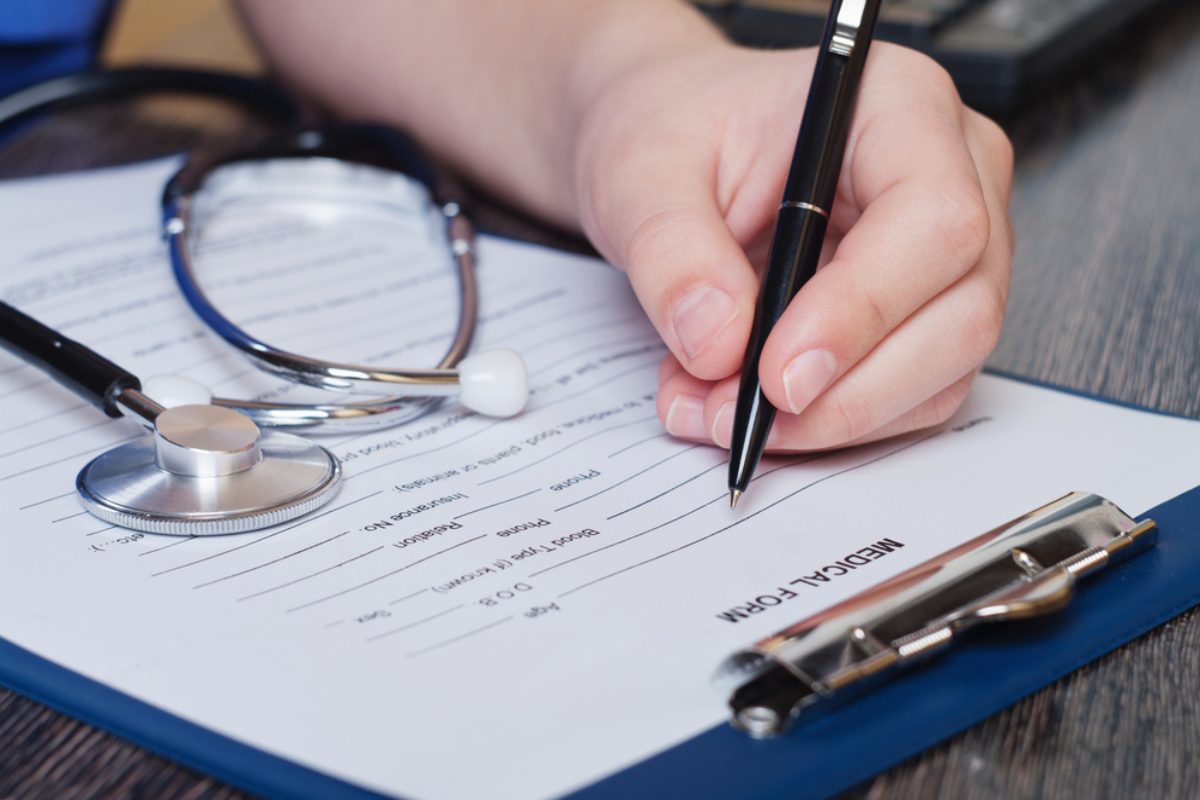In our increasingly interconnected world, medical care knows no borders. People often seek healthcare services abroad or require medical documentation in multiple languages. This is where medical certificate translation becomes crucial. It ensures that vital medical information is accessible and comprehensible to individuals, medical professionals, and authorities, regardless of their native language. In this article, we’ll explore the significance of medical certificate translation, the challenges it presents, and best practices to ensure accuracy and reliability.
Understanding the Importance
- Patient-Centered Care
Medical certificates contain essential information about a patient’s health status, diagnoses, treatments, and medications. When patients travel or relocate, they must have these documents translated to facilitate communication with healthcare providers in their destination country. This ensures that patients receive the necessary care and medications without confusion.
- Legal and Administrative Requirements
Many countries have stringent legal requirements regarding medical documentation. For instance, visa applications, work permits, or insurance claims often necessitate translated medical certificates. Accurate translations help individuals meet these requirements efficiently, preventing delays and complications.
- Research and Collaborations
In the global healthcare community, collaboration is essential for research and information exchange. Translating medical documents enables researchers, healthcare professionals, and institutions to share knowledge, participate in international studies, and advance medical science collectively.
Challenges in Medical Certificate Translation
Translating medical certificates is not without its challenges. The following are some common hurdles:
- Medical Terminology
Medical terminology is highly specialized and varies between languages. Translators must have a deep understanding of both source and target languages to ensure accuracy. Medical dictionaries and glossaries are indispensable tools.
- Confidentiality
Patient confidentiality is paramount in healthcare. Translators must adhere to strict privacy and confidentiality guidelines when handling medical documents to protect sensitive patient information.
- Cultural Sensitivity
Cultural differences can impact the interpretation of medical information. Translators must be sensitive to cultural nuances and ensure that translations are not offensive or misunderstood.
Best Practices for Accurate Medical Certificate Translation
- Choose Professional Translators
Engage experienced translators who specialize in medical translation. They should be well-versed in medical terminology and have a proven track record of accurate translations.
- Maintain Confidentiality
Work with translation agencies that have stringent confidentiality policies. Ensure that all translators involved in the process adhere to these policies.
- Verify Qualifications
Confirm the qualifications of your chosen translator. They should have relevant certifications and a background in medical translation.
- Double-Check Accuracy
Review translated documents carefully for accuracy and completeness. Any errors or omissions could have serious consequences.
- Keep Records
Maintain records of all translated medical certificates for future reference. This helps ensure continuity of care and compliance with legal requirements.
In conclusion, medical certificate translation is an essential aspect of modern healthcare. It bridges linguistic barriers, facilitates patient-centered care, and enables global collaboration in the field of medicine. However, accuracy, confidentiality, and cultural sensitivity are paramount when translating medical documents. By following best practices and working with experienced professionals, individuals and healthcare institutions can ensure that medical information remains accurate and accessible across languages, ultimately contributing to better healthcare outcomes on a global scale.

